by Lt. Col. Harold E. Raugh, Jr.
American General George S. Patton, Jr., and German Field Marshal Erwin Rommel both demonstrated the masterful employment of armored forces in many World War II military campaigns. Both combat commanders, as described and assessed in Dennis Showalter’s highly readable Patton and Rommel: Men of War of the Twentieth Century were unorthodox military leaders with colorful personalities. Their military accomplishments generally earned them the loyalty of their soldiers and the respect of their adversaries.
[text_ad]
Prominent military historian Showalter has written an interesting and somewhat provocative dual biography of these iconic field commanders. His goal is to concentrate on three major areas in this parallel biography: “the men, their wars, and the system they served.”
The first chapter covers the background, education, and professional development of these future adversaries from birth until the advent of World War I. Patton, born in 1885, came from a family with a rich military heritage. He had unbridled ambition and seemingly equated discipline and rigidity with leadership. Upon graduation from West Point in 1909, he was commissioned into the already anachronistic cavalry. Marriage to a millionaire’s daughter allowed him to have the near-aristocratic lifestyle he aspired to.
The Son of a Schoolmaster Becomes German Field Marshal
Rommel, the son of a schoolmaster, was born in 1891 in Württemberg. While he had a number of technical interests, Rommel passed the officer qualification examinations and was commissioned “as a last resort” in the infantry. He was a diligent young officer, although he reportedly had a lapse in judgement and fathered a child out of wedlock. In March 1914, Rommel was attached to an artillery unit.
Both Patton and Rommel had their baptisms of fire in the crucible of World War I. Rommel spent the first years of the war on the Western Front where he was wounded and decorated twice for his courage in action. He was then assigned to a mountain battalion in the Tyrol, excelling as a fearless and indefatigable leader. Rommel’s outstanding performance was recognized by the award of the coveted “Pour le Merite”—the “Blue Max.”
Professional Education In the Intermittent Years
Patton’s combat service, largely due to the United States’ late entry into World War I, was much shorter. In November 1917, he was assigned to establish the First Army Tank School. During the following summer, Patton assumed command of the 1st Brigade, Tank Corps. In action for only a few weeks, Patton was severely wounded and awarded the Distinguished Service Cross for his gallant leadership.
During the interwar years, Patton and Rommel both received professional education and held increasingly significant leadership positions. World War II gave them their opportunities to put their theories of armored and mobile warfare into practice on the battlefield.
Rommel made his mark commanding the 7th Panzer Division in the blitzkrieg into France in 1940. Thereafter, his rise was meteoric, as he was appointed to command the Afrika Korps and, later, the Panzerarmee Afrika, in North Africa. Rommel employed audacious tactics and led daring operations. Dubbed the “Desert Fox,” he later commanded Army Group B before being wounded in action in 1944. Later that year, implicated in the plot to assassinate Hitler, Rommel was ordered to commit suicide.
“Old Blood and Guts”
Patton commanded the II Corps in North Africa and the Seventh Army in the invasion of Sicily in 1943. In Northwest Europe, through the Battle of the Bulge and to the war’s end, Patton aggressively commanded the Third Army. Nicknamed “Old Blood and Guts,” he was killed in an automobile accident in December 1945.
In the prologue, Showalter states he wants this book to be “reader-friendly, by eschewing the academic apparatus that so often gets in the way of the story.”
Perhaps he is referring to notes and a bibliography, which permit readers to corroborate controversial information and guide the way for additional research. Surprisingly, there are no notes, a major shortcoming, and there are no maps or illustrations. There are, however, more than a few spelling and minor factual errors.
Showalter is generally balanced in his assessments of these two famous generals, whose reputations have grown to mythical proportions. Ironically, each commander has been studied and revered most by their former adversaries. Each general recognized the technological innovations that created an environment suitable for mobile, armored warfare and boldly pursued battlefield victory.
Recent and Recommended
Sledgehammers: Strengths and Flaws of Tiger Tank Battalions in World War II by Christopher W. Wilbeck
The legendary German Tiger and King Tiger tanks were arguably the most formidable and the most feared armored vehicles of World War II. These sophisticated and powerful tanks, of which slightly over a thousand were manufactured, were in continual service from September 1942 until the end of the war. In action initially against the Soviets near Leningrad, the German heavy Tiger tank battalions fought against Soviet, American, and British forces on numerous European battlefields.
Author Christopher Wilbeck, an active-duty U.S. Army armor officer, examines in this deeply researched and finely crafted volume, the combat effectiveness of German heavy tank battalions. After a perceptive introduction, Wilbeck chronicles the development of the German heavy tank battalions, their organization, composition, tactics, and doctrine. Chapters 3 through 6 provide historical case studies and analyses of the heavy tank battalions. Chapter 3 covers armored battles from May 1942 until the July 1943 Battle of Kursk, and Chapter 4 describes engagements from the summer of 1943 to the summer of 1944. Heavy tank warfare during the final year of the war is covered in Chapter 5, with the exception of tank battles in Hungary, the Ardennes, and the Eastern Front in 1945, which are described in Chapter 6.
Although intended as a breakthrough force—a “sledgehammer”—the German heavy tanks were most effective in the defense and as tank killers. This detailed yet readable study, enhanced by fascinating photographs and superb maps, deserves to be on every tank warfare devotee’s bookshelf.
In Brief
The Polish Underground Army, the Western Allies, and the Failure of Strategic Unity in World War II by Michael Alfred Peszke McFarland
Poland was the first victim of the German blitzkrieg in September 1939 that began the second worldwide conflagration in a quarter-century. The conventional Polish Army, consisting of the Grenadier and Fusilier divisions, the Highland Brigade, and a small armored unit, was reconstituted in France. These and other Polish troops, notably paratrooper and air force elements, fought in many of the war’s campaigns and theaters.
To the Polish government-in-exile in London, however, the most important area of operations was its occupied homeland, Poland. It supported the Polish underground—the Home Army (Armia Krajowa). Polish Prime Minister and Commander-in-Chief from 1939 to 1943, General Wladyslaw Sikorski and his successor, General Kazimierz Sosnkowski, worked ceaselessly to integrate the Polish Home Army and its operations into the overall Western (and especially British) military strategy. This detailed book chronicles their activities and machinations to accomplish this goal that ultimately failed. Polish influence waned as the Soviet war contribution increased, as shown by the intentional Allied failure to assist the Poles during the Warsaw Uprising in the fall of 1944. This condemned the Poles to a postwar Soviet occupation.
Given Up for Dead: American GI’s in the Nazi Concentration Camp at Brega by Flint Whitlock
Germany generally adhered to the Geneva Convention in its treatment of military prisoners of war during World War II, although there were glaring exceptions. The Germans captured thousands of American soldiers in their initial stunning success in the Battle of the Bulge, December 1944. German POW camp Stalag IX-B was soon overflowing, and in January 1945, according to author Flint Whitlock, the Germans announced that all Jewish POWs there would have to identify themselves for relocation to a segregated camp. These Jewish POWs (and many others, some randomly chosen) were soon sent to a labor camp at Brega-an-der-Elster, south of Leipzig. Living in the Brega camp in harsh conditions, these 350 American POWs were forced to assist in digging underground tunnels. In early 1945, as the Allies neared Germany, the famished and fatigued POWs were marched from Brega southward to Bavaria. They were rescued from this “death march” by American forces three weeks later. Based largely on anecdotal accounts of participants and survivors, this interesting book helps expose more German atrocities and the horrors of war.
Hitler’s Secret Pirate Fleet: The Deadliest Ships of World War II by James P. Duffy
During World War II, German submarines and disguised surface raiders wreaked havoc on Allied navies and shipping around the globe. The German surface raiders, officially called “Auxiliary Cruisers,” went to sea as camouflaged cargo ships, generally giving the appearance of an unarmed vessel from a neutral nation. The naval chameleons had plywood hull sections and fake structures that altered their appearance and hid numerous guns. Nearing an unsuspecting victim, the commerce raiders at the last minute would raise the swastika-decorated German naval ensign, reveal their guns, and attack to destroy or capture their maritime adversary. The Germans had nine commerce raiders during World War II, and one chapter in this compelling study is devoted to the history, description, and cruises of each vessel. These nine German commerce raiders sank or captured almost 140 ships totaling nearly one million tons during a three-year period. Each ship’s operations are stories of guile, courage, and audacious seamanship. Readers of this excellent book will enjoy the brisk writing style and action-packed naval encounters, reminiscent of centuries-old piracy on the high seas.
One Soldier’s Story: A Memoir by Bob Dole
Bob Dole is best known as a long-time U.S. senator from Kansas and recent presidential candidate. The pivotal day of Dole’s life, April 14, 1945, occurred years before he entered national politics. On that fateful spring day, 21-year-old 2nd Lt. Robert J. Dole was leading his rifle platoon of the 85th Infantry Regiment, 10th Mountain Division, in combat against the Germans near Castel d’Aiano, Italy. In that fierce attack on Hill 913, the Americans suffered more than 460 casualties, including Dole. A German high explosive shell shattered his right shoulder and damaged his spine. The medical report stated: “The patient had immediate paralysis, complete of all four extremities.” It appeared Dole would never walk again. For the next three years, Dole “battled raging fevers and threatening infections, underwent several operations, and endured grueling physical therapy and lengthy hospital stays.” Thanks to modern medicine, a good doctor, the support of his mother and others, Dole regained his physical and emotional strength. This heartfelt and inspiring saga chronicles Dole’s journey of determination and faith to overcome his war wounds and regain his sense of purpose.
G.I. Nightingales: The Army Nurse Corps in World War II by Barbara Brooks
“During World War II,” writes historian Barbara Brooks Tomblin, “Army nurses traveled to every theater of war to help staff army hospitals, dispensaries, and hospital trains, ships, and medical air evacuation squadrons.” As a result, their contribution to the war effort was significant. This deeply researched and finely crafted study begins with an overview of the Army Nurse Corps, which originated during the Spanish-American War. The remaining chapters are generally topical and geographical in nature, describing nursing activities and the accomplishments of individual nurses at Pearl Harbor and in the Philippines; during subsequent operations in the Pacific; in the North African, Sicilian, and European campaigns; and in the China-Burma-India Theater of Operations. Overall, Tomblin has written an interesting and informative book. It is a worthy tribute to the more than 60,000 Army Nurse Corps members who served their nation in World War II.
D-Days in the Pacific by Donald L. Miller Lou Reda
The Allied assault landings at the Normandy beaches on June 6, 1944, did not comprise the only “D-day” of World War II. Originally a World War I U.S. Army term for “the starting day of any offensive,” D-day came to signify the start of amphibious operations. There were, as recorded by Donald L. Miller, over a hundred seaborne D-day invasions against enemy-held islands in the Pacific Theater during World War II. Miller begins this book, revised and expanded from his earlier volume The Story of World War II, by explaining the origins of the Pacific campaign and placing it superbly within the overall context of the war. While Miller lists all 126 Pacific D-day landings in an appendix, this book focuses on the most significant amphibious operations, including: Guadalcanal, Attu, Tarawa, Saipan, Peleliu, Leyte Gulf, Iwo Jima, and Okinawa. These battles were among the most ferocious and savage of the entire war, with American casualties on Iwo Jima totaling 28,686, and on Okinawa, where there were over 49,000 U.S. casualties. Enthusiasts of the Pacific island-hopping campaigns will enjoy this book, especially the many participant anecdotes interspersed throughout the vivid narrative.
Siege! Six Epic Eastern Front Assaults of World War II by Patrick McTaggart J.J. Fedorowicz
Whil Eastern Front battles were frequently characterized by mobility and lightning combined arms operations, there were also a number of large-scale sieges, notably at Leningrad and Stalingrad. In this well researched and interesting volume, Patrick McTaggart examines six other significant Eastern Front sieges. He initially provides an overview of the history, mechanics, and methods of siege warfare. The Eastern Front sieges chronicled in this study are Brest-Litovsk, Cholm, Sevastopol, Budapest, Konigsberg, and Breslau. These case studies are well organized, nicely written, perceptive, and interesting. The academic value of this book is enhanced by the inclusion of considerable material from German-language histories and personal accounts, as well as by excellent photographs. This fine book is a superb addition to the literature of Eastern Front operations.
From the Pilot Factory, 1942 by William P. Mitchell
In 1939, on the eve of the outbreak of World War II in Europe, the U.S. Army Air Force trained 1,200 pilots. After the United States entered the conflict in 1941, the demand for pilots increased tremendously and training peaked in 1942-1943 with a goal of 50,000 trained pilots per year. As a result, pilot training “methodology changed from piecework to mass production,” in essence becoming a pilot “factory.” William P. Mitchell was a 19-year-old aviation cadet when he entered the pilot training program in March 1942. His aviation odyssey took him to a number of Texas airfields and finally to advanced flight school at Brooks Field, where Mitchell received his lieutenant’s bars and pilot’s wings. As a member of the 434th Troop Carrier Group, Mitchell was assigned to England in 1943. His squadron dropped paratroopers during Operation Market Garden and generally conducted resupply operations for the rest of the war. This compelling story consists largely of Mitchell’s detailed and frequent wartime letters to his family. They provide a firsthand glimpse into flight training and the combat experiences of a young pilot.
Originally Published August 7, 2014

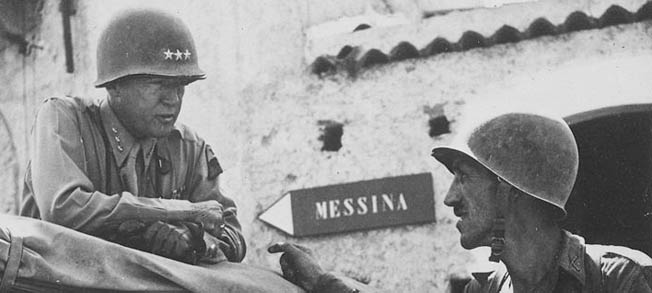
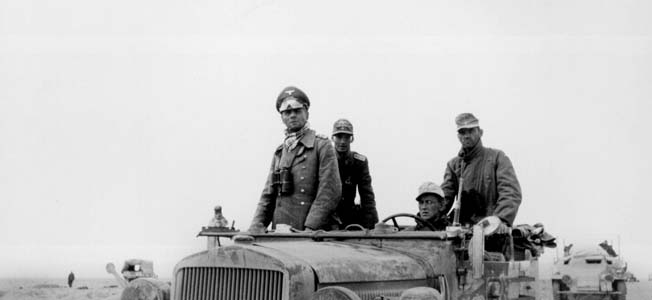

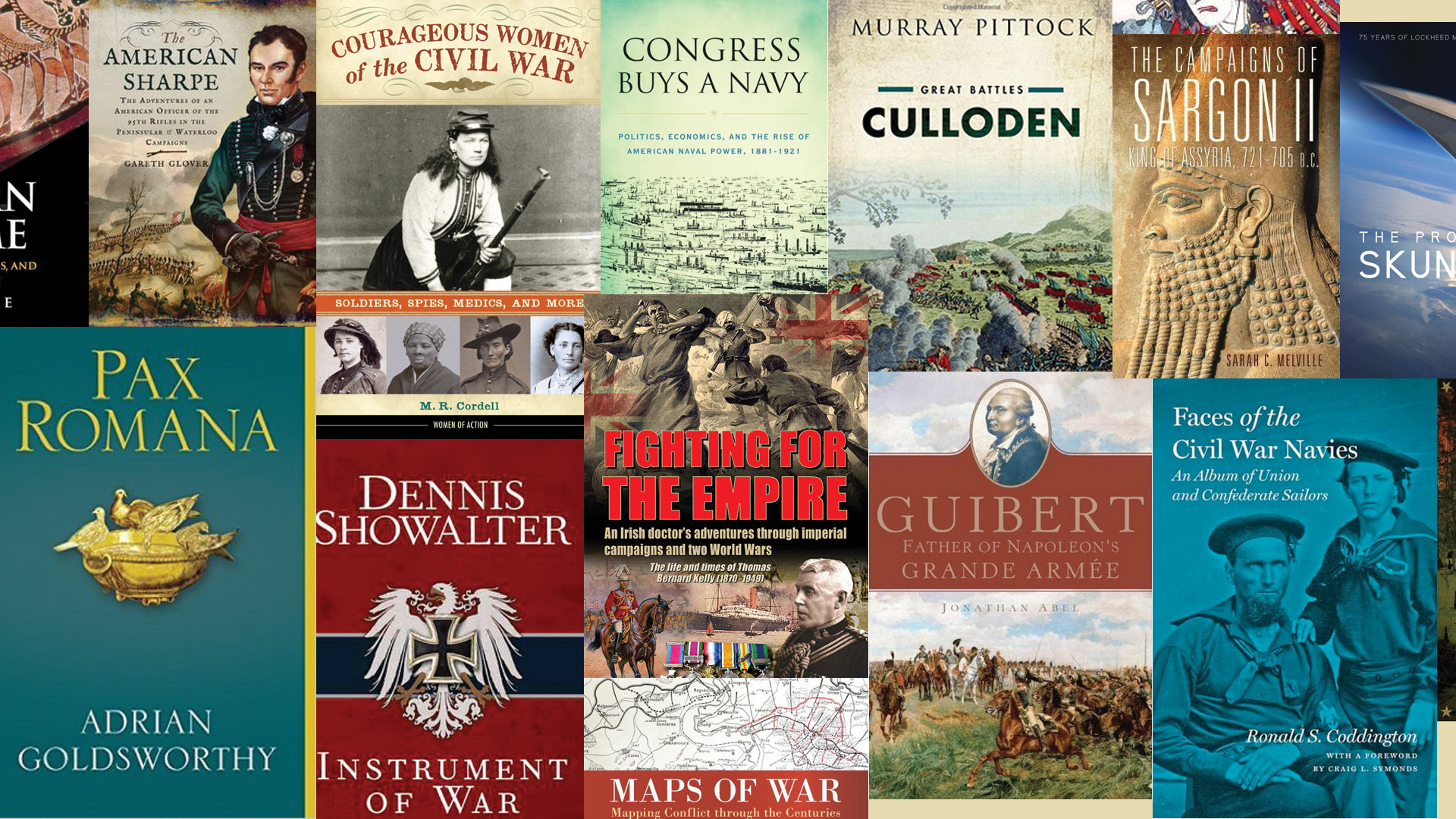
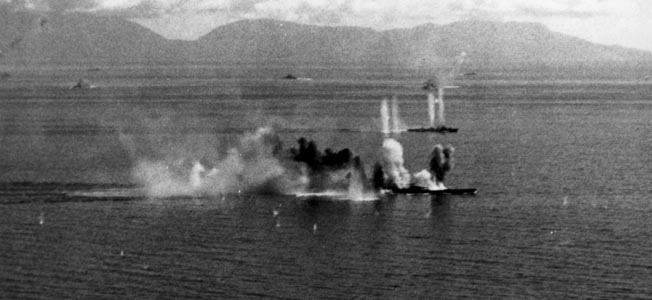
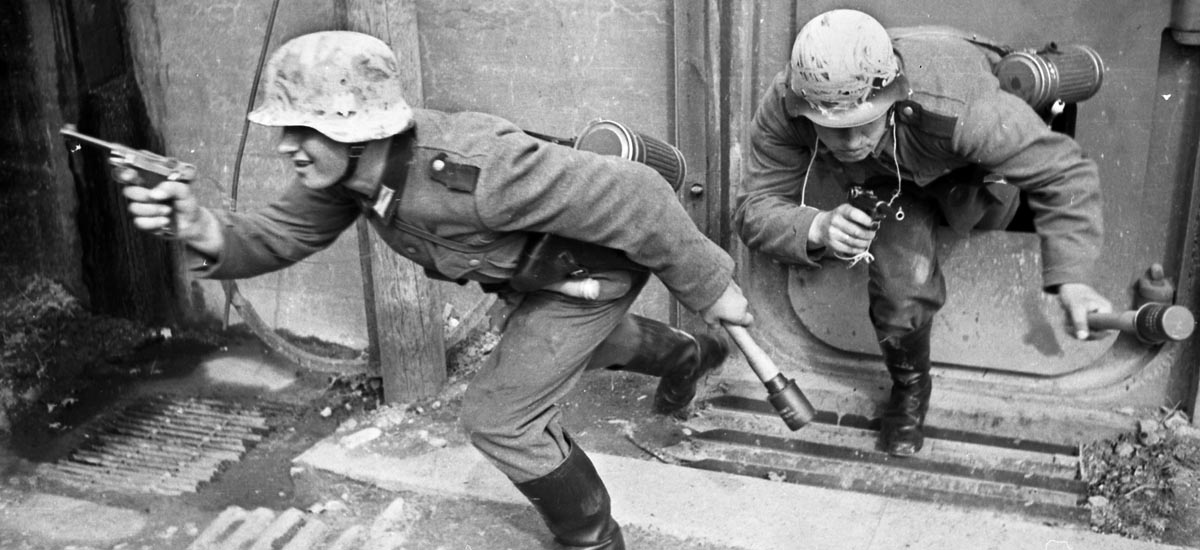
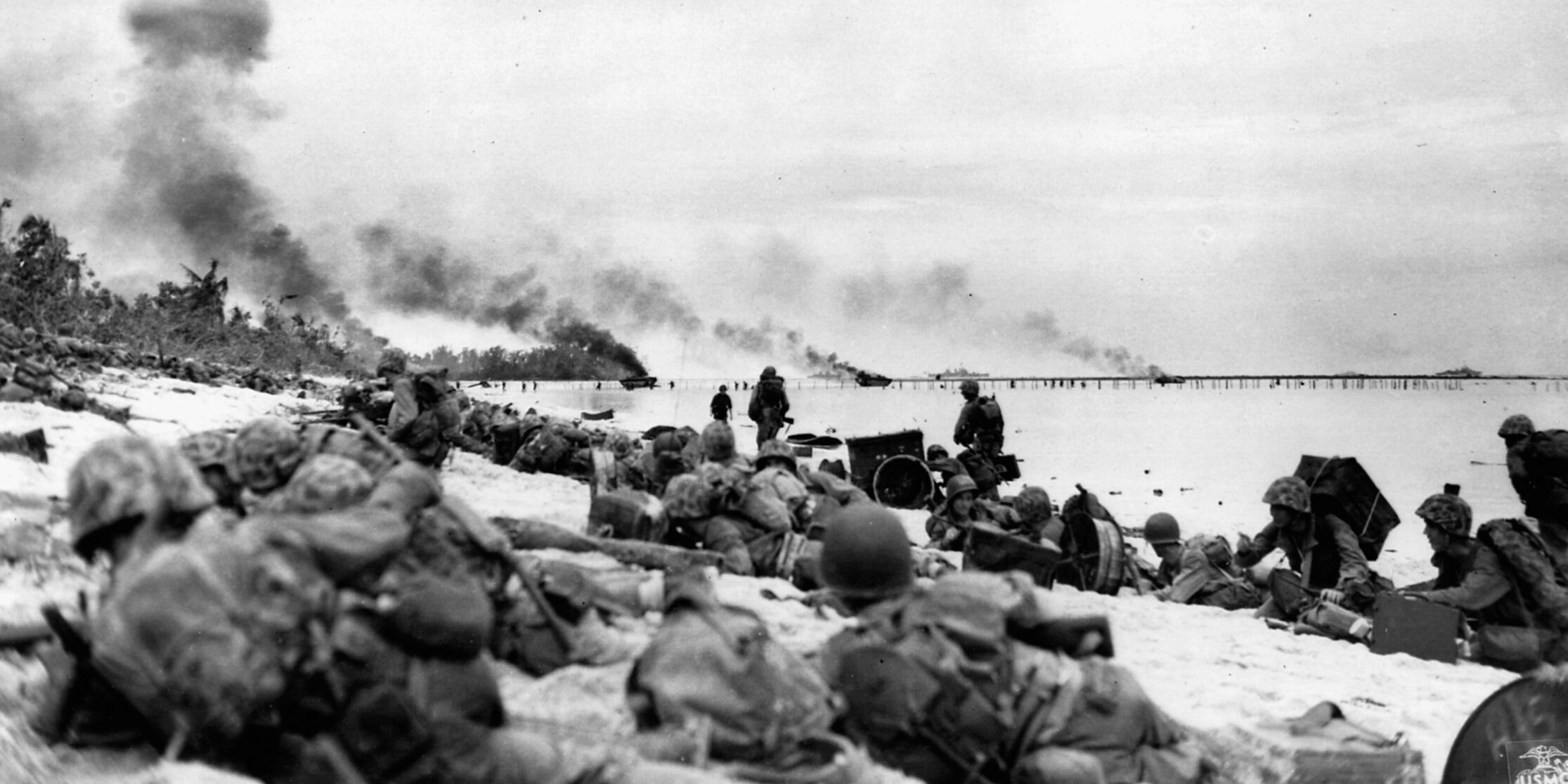
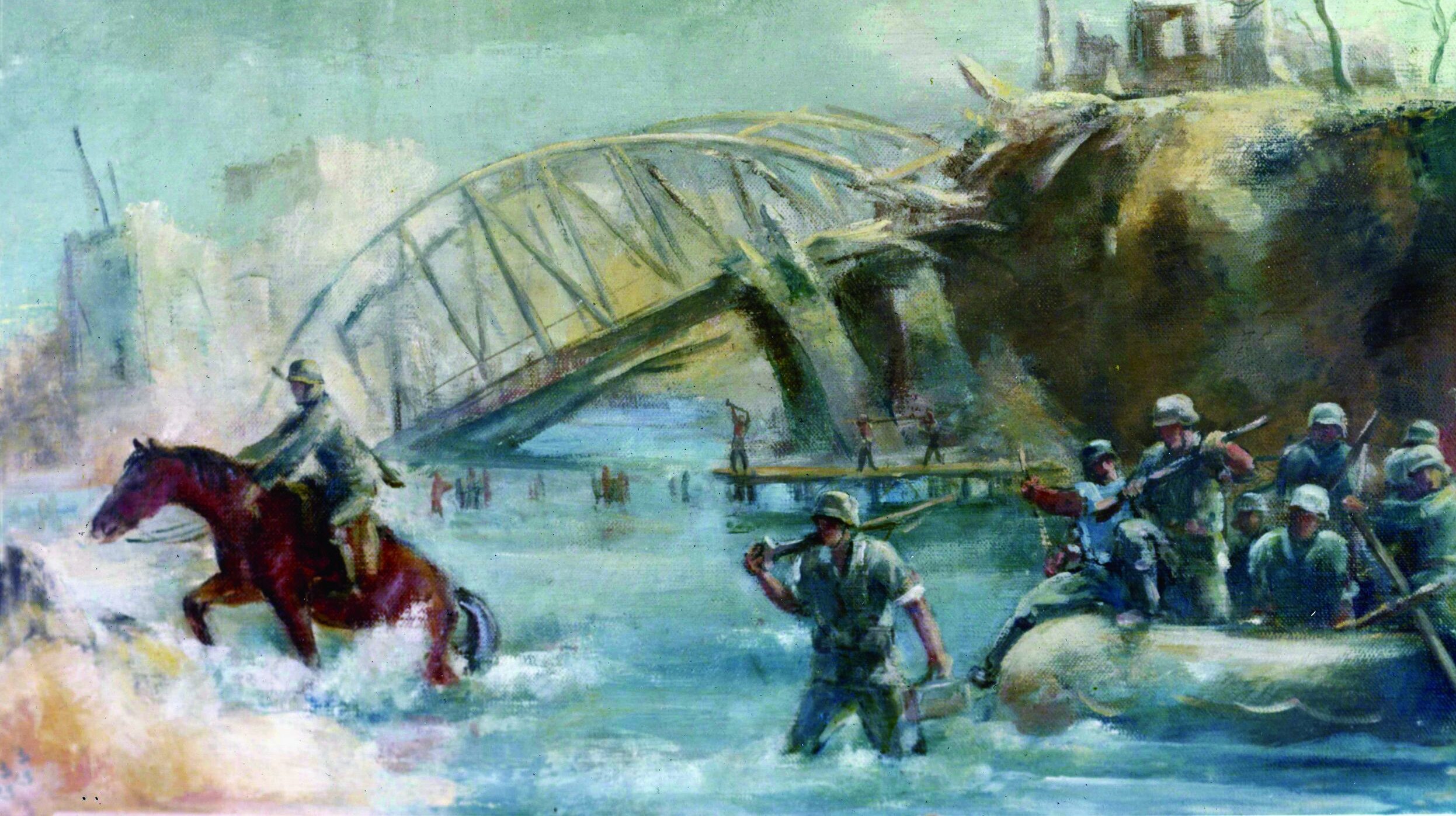
Join The Conversation
Comments
View All Comments